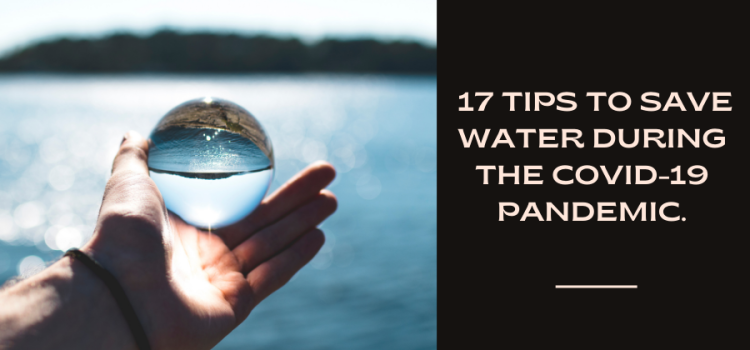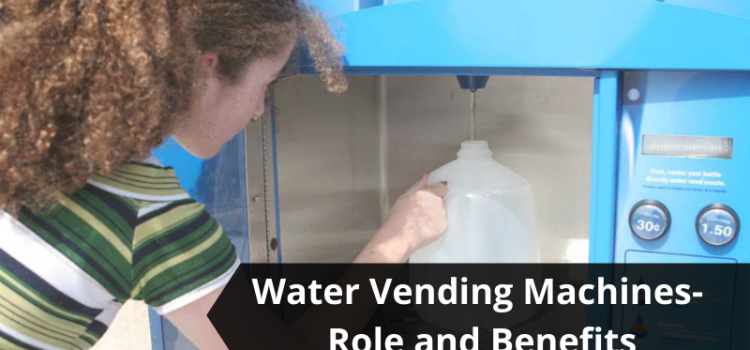Brandon M. Owen and Neha Sunger *
Abstract
In this study, we conducted a worst-case risk assessment for children’s health from ingestion exposure to water sources in two densely populated counties of the Piedmont province of New Jersey—Hunterdon and Mercer counties. Carcinogenic and non-carcinogenic health risk estimates for 19 contaminants, representing 3 different chemical classes—organic, inorganic and contaminants of emerging concern (CEC), for which environmental monitoring data are available—were generated. The three exposure scenarios examined were: (1) ingestion exposure to untreated groundwater from contaminated private wells; (2) recreational exposure through incidental ingestion of water from the Delaware River; and (3) ingestion exposure through fish consumption sourced from the Delaware River. The total health hazard posed by each contaminant across all the three exposure scenarios was compared to prioritize contaminants based on health risk potential. As a result of this analysis, arsenic and trichloroethylene in private well water were identified as key drivers of health risk and, hence, are proposed as the contaminants of primary concern for the target population. Significantly high total excess cancer risk of 2.13 × 10−3 from arsenic exposure was estimated, highlighting the need for testing and treating water sources as well as setting a framework for more detailed work in the future.
https://www.mdpi.com/2073-4441/10/3/276
The post Exploratory Assessment of Risks from Drinking and Recreational Water Exposure to Children in the State of New Jersey appeared first on Facts About Water.
Source: Water Feed









